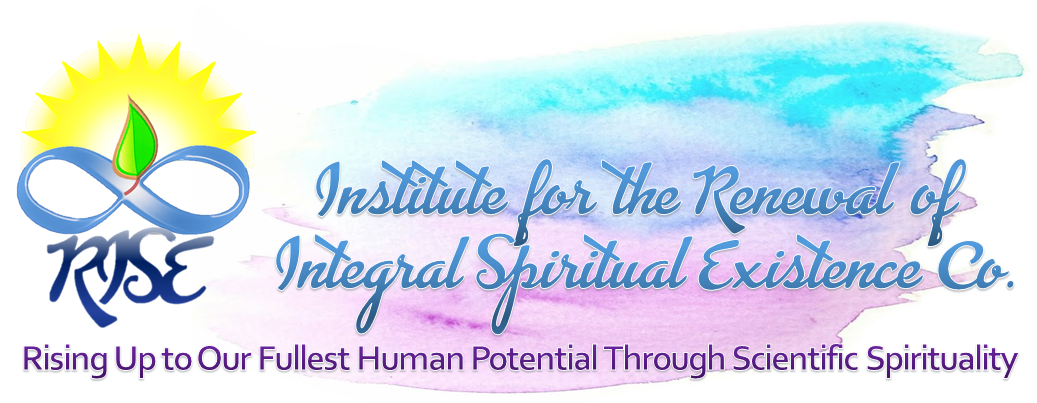The Supraconsciousness Network presents the Integrated Theory of Consciousness, which posits that a singular, infinitely energetic substance underlies the universe, encompassing six interdependent properties: matter, energy, space, time, consciousness, and intelligence. This theory integrates concepts from quantum mechanics, general relativity, and evolutionary biology to propose that consciousness is not merely a byproduct of brain activity but a fundamental aspect of existence that has evolved alongside matter and energy. Originating from a supra-conscious experience in 1983, the theory suggests that peak experiences can lead to significant scientific insights. By challenging reductionist views of consciousness and emphasizing its primary role in the universe, this framework aims to provide a comprehensive understanding of reality that could inform future scientific exploration.
Editor’s Note: The Integrated Theory of Consciousness posits a fundamental, energetic substance underlying reality, suggesting that consciousness is an intrinsic aspect of existence, akin to matter and energy. This view contrasts sharply with David Chalmers’ perspective, which emphasizes the “hard problem” of consciousness—how subjective experiences arise from physical processes. While Chalmers acknowledges consciousness as a fundamental property, he remains rooted in a dualistic framework that separates physical processes from phenomenal experience.
The Integrated Theory challenges this separation by proposing that consciousness and intelligence are not merely emergent properties but essential components of the universe’s fabric. This holistic approach could reshape our understanding of consciousness, prompting us to explore its role in evolution and existence more profoundly.
However, it also raises questions about the empirical viability of such a theory. If consciousness is a universal property, how do we reconcile this with the subjective nature of experience that Chalmers highlights? Ultimately, both theories invite deeper inquiry into the nature of consciousness. Still, the Integrated Theory’s expansive view may offer a more unified understanding of mind and matter, potentially bridging gaps that Chalmers identifies in his exploration of consciousness. [Read Why Materialism Cannot Explain Consciousness, Rethinking Consciousness: Embracing a Holistic Paradigm Beyond Traditional Science, Roger Penrose: Consciousness Is Beyond Computable Physics].
Read Original Article
Read Online
Click the button below if you wish to read the article on the website where it was originally published.
Read Offline
Click the button below if you wish to read the article offline.





